The Grim, Depression-Era Origins of Dance Marathons
The common fundraising events known as walkathons started as an exploitative entertainment craze.

Callum DeVillier, a hairdresser from Lanesboro, Minnesota, designed his own headstone before his death in 1973. His head-turning epitaph contains his greatest accomplishment, engraved for posterity. “DeVillier,” the red granite marker reads. “World Champion Marathon Dancer. 3780 Continuous Hours.”
How—and perhaps more importantly, why—did the son of small-town candy shop owners spend nearly half of 1932 on a Massachusetts dance floor? He was trying to set a record, but the events weren’t all for fun. In the thick of the Great Depression, the perverse entertainment racket of America’s dance marathon craze was, to some, a survival strategy. Because dancing in a marathon didn’t just mean the possibility of a cash prize. It meant being fed and sheltered for the duration of the contest.
The craze began in the relatively prosperous 1920s, a time of stable industrial jobs and postwar optimism, when new thrills enticed city dwellers on every corner. There were vaudeville theaters, roller coasters, and dance halls, where men and women alike boogied with abandon to big band music.

According to New York University drama scholar Carol Martin, author of Theatre of the Real and Dance Marathons: Performing American Culture of the 1920s and 1930s, the onset of the modern Olympic Games a few decades earlier also meant that people at the time were obsessed with world records. Nonsensical feats of strength and “endurance contests”—from flagpole sitting to cross-country footraces—emerged as a popular entertainment option. In 1923, New York dance instructor and dance-a-thon patient-zero Alma Cummings exhausted an assortment of male partners as she waltzed around an Upper Manhattan ballroom for 27 hours straight. Her stunt was a tantalizing alchemy of the era’s fascinations, a test of the limits of both the human body and the nation’s new, liberalized sexuality. Within three weeks, her record was broken at least nine times across the country—from Baltimore to Cleveland to Houston. The age of the dance marathon jumped into full swing.

Enterprising promoters were quick to capitalize. If the industrial boom of the 1920s created a population of working urbanites hungry for entertainment, it also left rural Americans in increasingly dire circumstances, desperate and bored. For many, entertaining was a welcome diversion, especially if participating could mean a chance to save the farm.
Promoters took what started as a fun, voyeuristic, 1920s curiosity and turned it into a cottage industry for a country that was careening into hard times. They offered cash prizes that could be larger than a farmer’s yearly income, and formalized a system of live music (during peak hours, with phonograph records at other times), admission fees, and rules that kept marathons profitable for much longer than Cummings’s 27 hours. For a man like DeVillier, fame and fortune were only remote possibilities, but attention was guaranteed. Dance marathons were a thrilling alternative to the doldrums of country life.

Contest pamphlets spelled out the rules of the individual marathons, but a few things became pretty standard. Dancers at least had to be in motion to remain in the contest. They were typically given 15 minutes of rest each hour, during which nurses rubbed their feet and provided medical attention. Food was provided many times daily, and tasks such as eating, bathing, shaving, and reading the paper could be done while dancing. Dancers could often be seen dozing off while their partners held them up to keep their knees from hitting the ground (which would result in disqualification). The scene was heavily regulated and monitored, with some promoters accompanying dancers on brief outdoor walks for a breath of fresh air before returning for more dancing. Promoters even planted professional dancers among the contestants. The windfall came from the spectators, returning night after night, cash in hand, to follow the action.
When the stock market crashed in October 1929, the economic misery of rural America spread to the cities. Dance marathons exploded. They had a large pool of willing, desperate contestants, and they made everyone else feel a little better about themselves. According to Martin, the spectacles gave hard-up onlookers the rare opportunity to feel superior, which fueled the popularity of the contests as the Depression bore on. “For some audiences, seeing others who were worse off was a balm to their own precarious circumstances,” Martin says. The conditions may have been rough and pitiful for the dancers, but the alternative—boredom, hunger, homelessness—was worse.
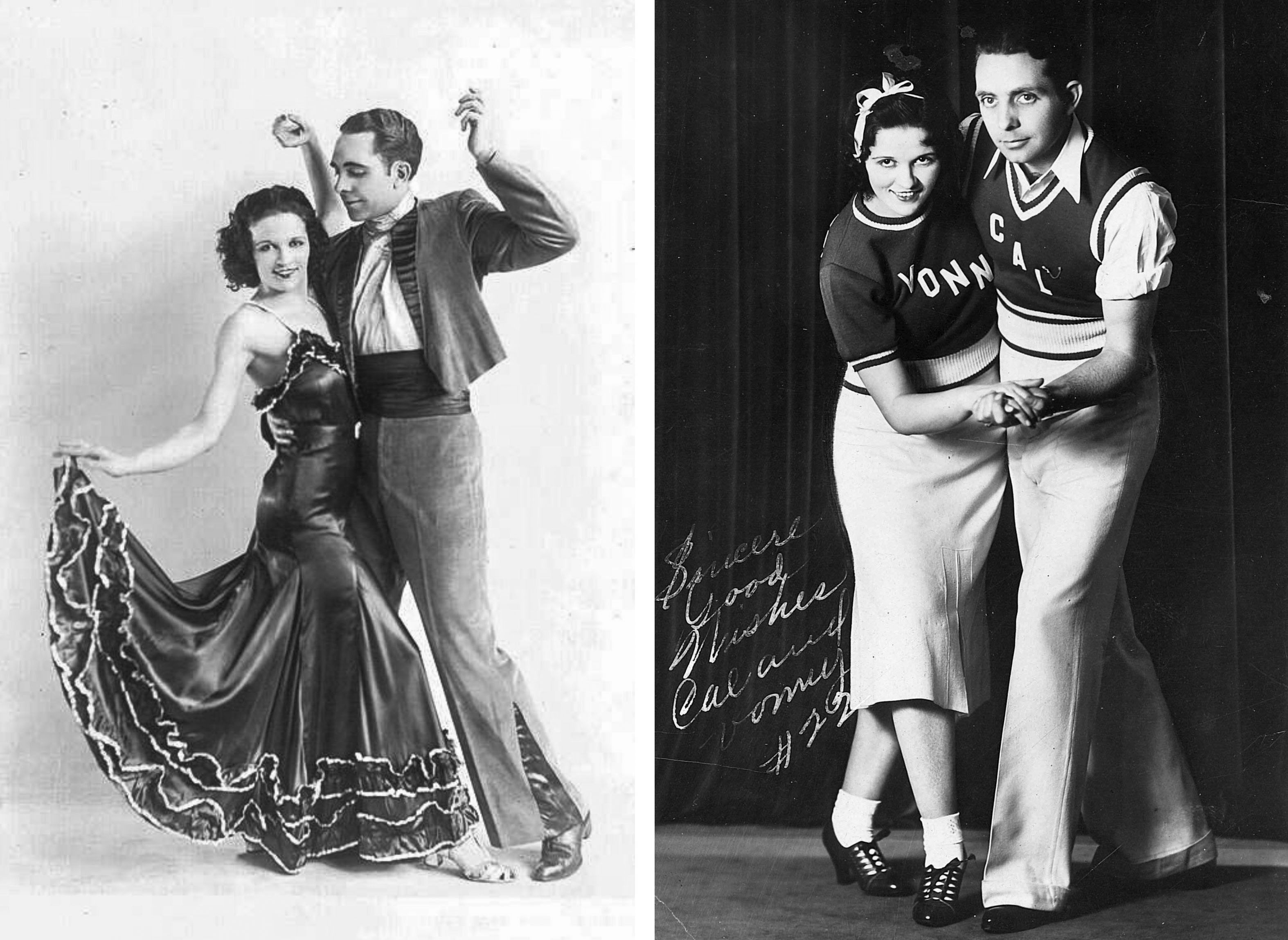
DeVillier had been making a name for himself in Minnesota’s dance marathon circuit even before the economic crisis spread nationwide. One 1928 marathon pamphlet noted that he “knocked the folks stiff at Brainerd (Minnesota) when he wobbled about the floor for 443 hours.” But desperate times called for more desperate dancing. Unemployed in 1932, DeVillier recruited his landlord’s daughter Vonnie Kuchinski to travel with him to the Boston suburb of Somerville for what turned out to be a historic event. (Boston proper could not host the contest, since the mayor had banned marathon dancing eight years earlier, after 27-year-old Homer Morehouse collapsed and died after an event.) In a theater-turned-dance-hall, DeVillier and Kuchinski performed a combination of glorified walking and intense bouts of spirited dancing every day, around the clock, from December until June. Rest time was cut from 15 minutes to three minutes per hour for the last two weeks of the contest. The unthinkably long marathon was a popular attraction, and late-night traffic from out-of-town spectators led local politicians to ban dance marathons—before the contest even ended. The final 52 hours of the marathon were danced nonstop. It’s not clear how long other competitors lasted, but on June 3, 1933, DeVillier and Kuchinski took home the $1,000 prize.
This prize money—and perhaps the glory of the record—seemed to satisfy DeVillier, as he doesn’t appear to have danced in any more contests. The partners were even briefly married, perhaps riding the high of the victory. But by that time, dance marathons were already beginning to fall out of favor. Fewer and fewer people could spare the entrance fee. As the novelty wore off, the prosperity and relative liberalism of the 1920s had given way to the austerity and moralizing of the Depression. Dancing was considered a corrupting influence by some, and lawmakers across the country moved to ban the events. Promoters tried taming the contests by calling them “walkathons” (an appellation that endures today) and pursued wholesome sponsorships, but the practice was more or less gone as World War II approached. “[W]ith another World War looming … industry had revived and people were going back to work,” writes Martin. “Who had time to sit around for hours watching people move in a circle on a dance floor?”
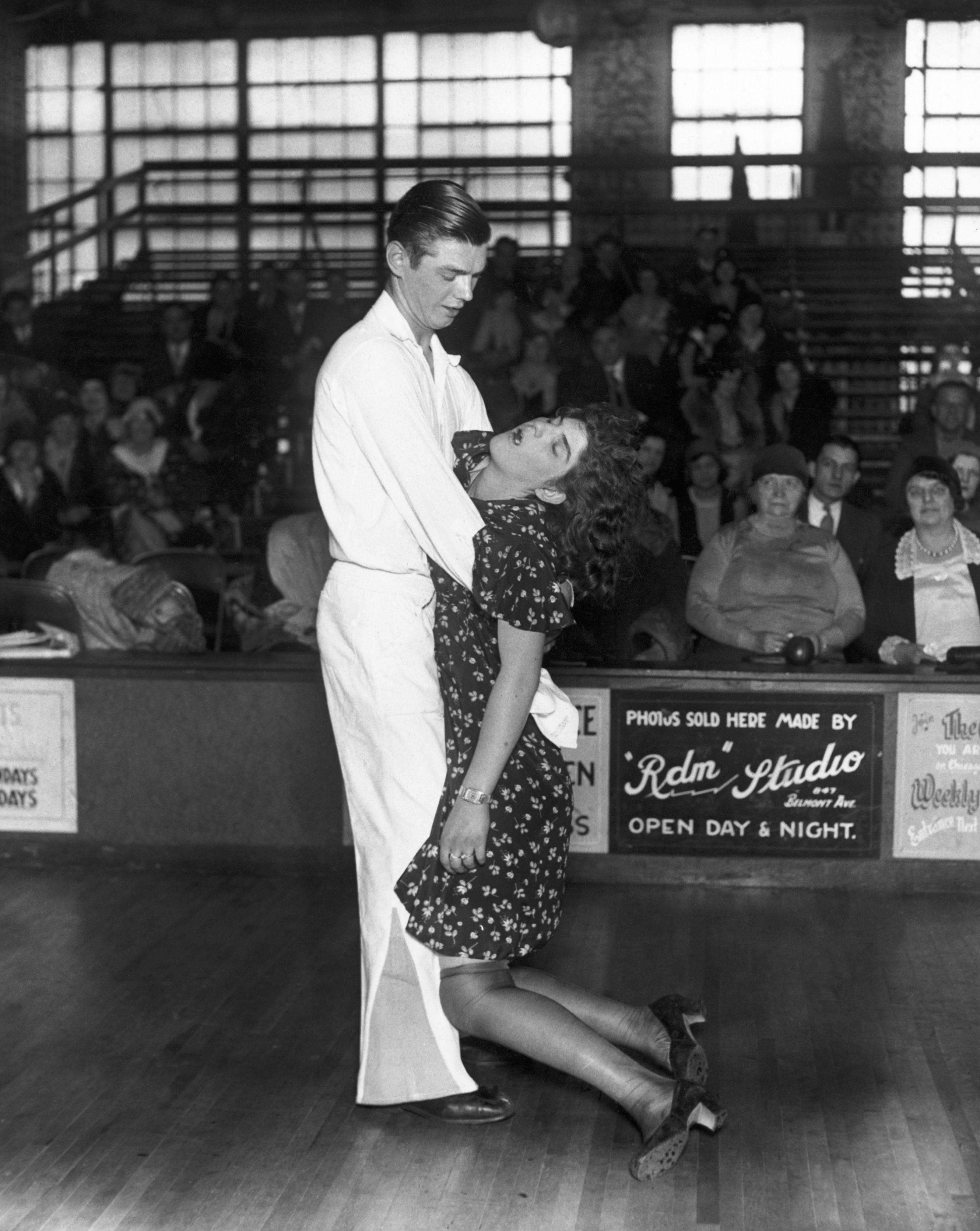
In 1957, after a divorce, a second marriage, and stints working as a dance instructor, construction worker, and bartender, DeVillier opened a hair salon in the Minneapolis suburb of St. Louis Park. His accomplishment was probably little-known, as dance marathons remained largely out of public consciousness until 1969, when the movie They Shoot Horses, Don’t They? chronicled the fad. Four years later, students at Penn State University held a “clean” version of a dance marathon: a contest capped at 30 hours that raised $2,000 for children with disabilities. By the 1990s, dance marathons and walkathons had become accepted as a common form of fundraiser.
DeVillier didn’t live to see the legacy of dance/walk marathon redeemed, and he barely got to see his accomplishment recognized. They Shoot Horses, Don’t They? attributed the record he helped set to other dancers, so he wrote to the Guinness Book of World Records, which acknowledged his win shortly before his death in 1973. Even so, DeVillier used his headstone to make sure that no one forgot his 3,780-hour feat of weary staggering. (Kuchinski’s grave, in nearby New Brighton, makes no mention of it.) Since the 1970s, Guinness has revised their guidelines to define marathon dancing as being completely nonstop, which expunged the pair from their annals. That leaves the tombstone as the only testament to the record-breaking performance.
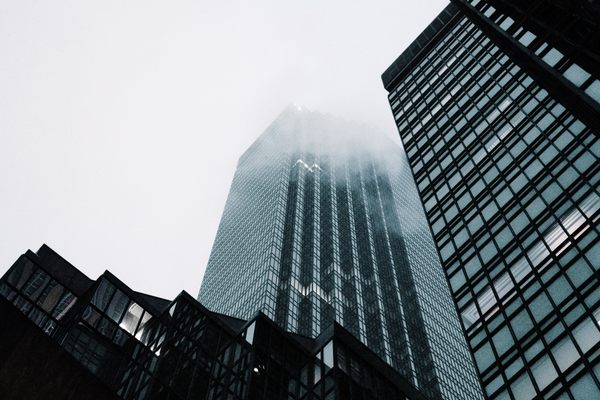






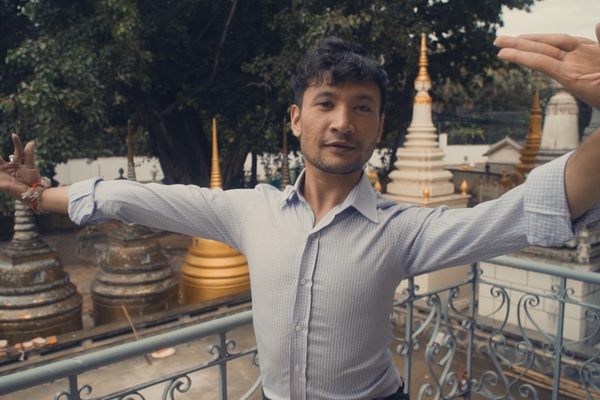



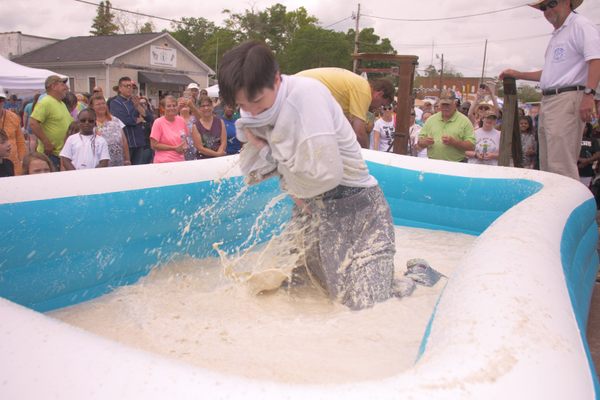



Follow us on Twitter to get the latest on the world's hidden wonders.
Like us on Facebook to get the latest on the world's hidden wonders.
Follow us on Twitter Like us on Facebook